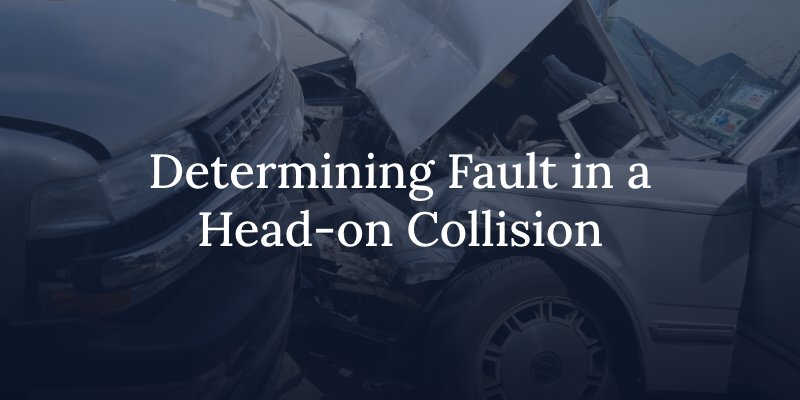Who Is at Fault in a Head-On Collision?
Head-on collisions are among the most dangerous types of car accidents, often leading to severe injuries or fatalities. They occur when the front ends of two vehicles collide while traveling in opposite directions.
What Are Some Causes of a Head-On Collision?
Several factors can cause or contribute to head-on collisions, including:
- Distracted driving
- Impaired driving
- Wrong-way driving
- Poor road conditions
- Passing on a two-lane road
- Reckless or aggressive driving
- Vehicle malfunction
- Driver error
Head-on collisions often result from a combination of these factors, and even a brief moment of inattention or poor judgment can lead to a serious accident. If you’ve been involved in a head-on collision and are considering your legal options, a consultation with a Tacoma accident attorney can help you understand your rights.
Common Injuries in a Head-On Collision
Head-on collisions often result in severe injuries due to the high-impact forces involved. The injuries can range from mild to life-threatening, depending on factors like the speed of the vehicles, the use of seat belts, and the presence of airbags.
They may include:
- Arm and hand injuries
- Burns
- Cardiac contusion
- Crushed or broken legs
- Dislocation or fractures of the hip
- Emotional distress
- Facial injuries
- Herniated discs
- Internal bleeding
- Organ damage
- Paralysis
- Pelvic fractures
- Post-traumatic stress disorder (PTSD)
- Rib fractures
- Shoulder dislocations or fractures
- Skull fractures
- Smoke inhalation
- Torn ligaments.
- Traumatic brain injury (TBI)
- Whiplash
In the most tragic cases, the injuries sustained in a head-on collision can be fatal, either at the scene or later due to complications. If you’ve lost a loved one in a head-on collision, our Tacoma wrongful death attorneys can explain your legal rights and help you determine whether pursuing a wrongful death claim is appropriate.

Who Is at Fault in a Head-On Collision?
In a head-on collision, determining who is at fault typically depends on the circumstances leading up to the accident. Generally, fault is assigned based on which driver was negligent or violated traffic laws.
- If one driver is traveling the wrong way on a one-way street or highway, they are generally considered at fault. This includes situations where a driver enters a highway via an exit ramp or drives against traffic flow.
- If a driver is under the influence of alcohol or drugs, or is excessively fatigued, and their impaired state causes them to veer into oncoming traffic, they are typically held responsible for the collision.
- If a mechanical failure (e.g., brake failure) leads to a vehicle crossing into oncoming traffic, fault could lie with the driver, the vehicle manufacturer, or the entity responsible for maintenance. The specific circumstances of the failure would be investigated.
- In some cases, both drivers may share fault. For example, if one driver is speeding and the other is distracted, both could be partially responsible for the collision. The degree of fault is often determined by the specifics of the accident and may be split according to each driver’s actions.
How Do You Prove Fault in a Head-on Collision?
To prove fault in a head-on collision, a combination of physical evidence, eyewitness testimony, expert analysis, and legal arguments is typically used. The goal is to build a clear and convincing case that shows which driver was responsible for the collision.
Types of evidence that may help prove fault include:
- Police reports
- Eyewitness testimony
- Photographs and videos
- Traffic camera or dashcam footage
- Vehicle damage
- Skid marks and road debris
- Accident reconstruction expert analysis
- Black box data (event data recorders)
- Medical records
- Cell phone records
- Statements from the drivers
- Environmental and road conditions
- Traffic citations
The process often involves collaboration between law enforcement, insurance companies, legal professionals, and accident reconstruction experts.
Need Legal Help?
If you or a loved one has been involved in a head-on collision, you may have questions about your legal rights and options. The Tacoma injury attorneys at Brumley Law Firm are available to discuss your situation in a consultation. You can reach us at (833) 832-2727 or use our online form to request an appointment. We can review the circumstances of your case and help you understand potential next steps.”